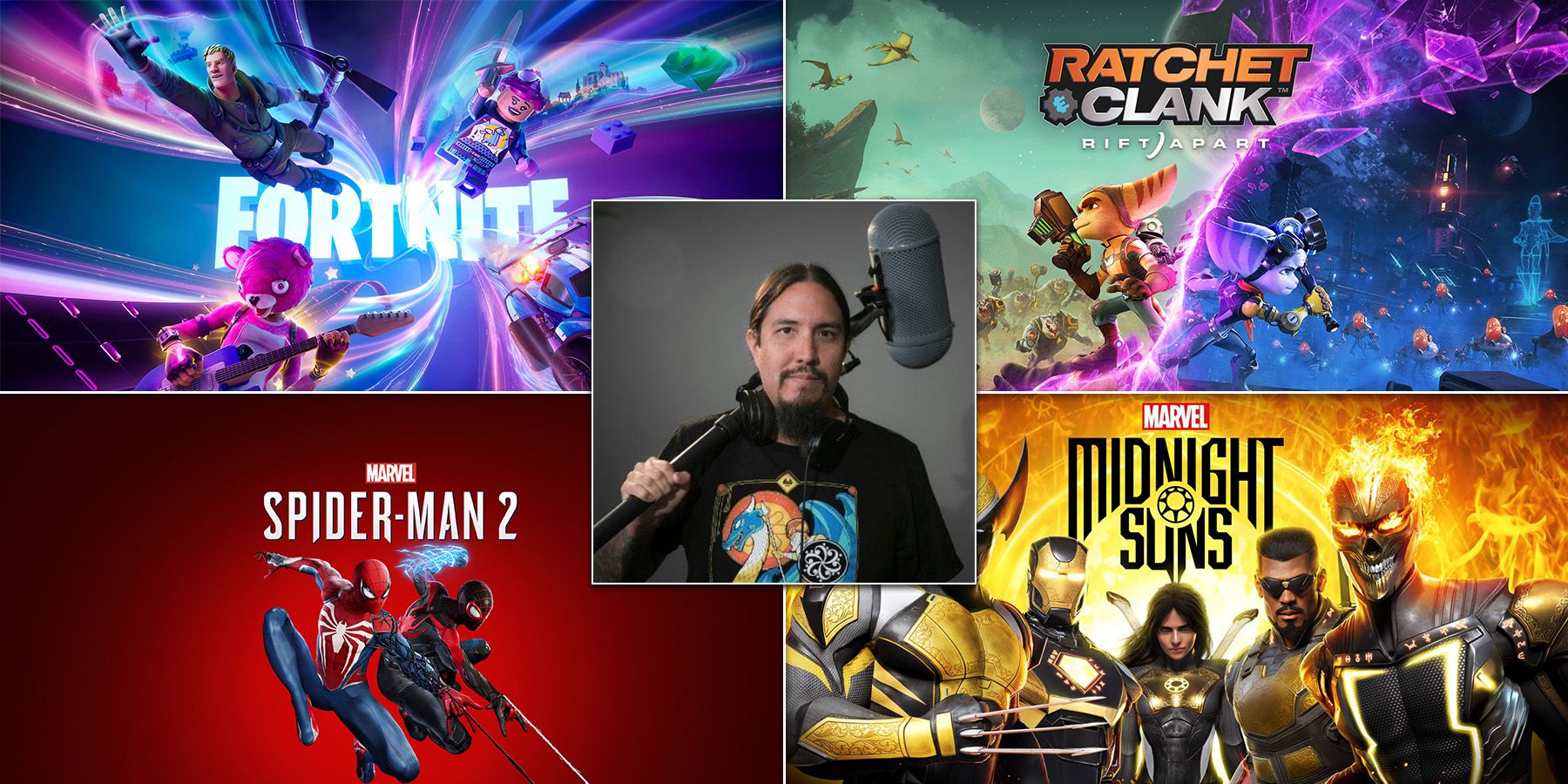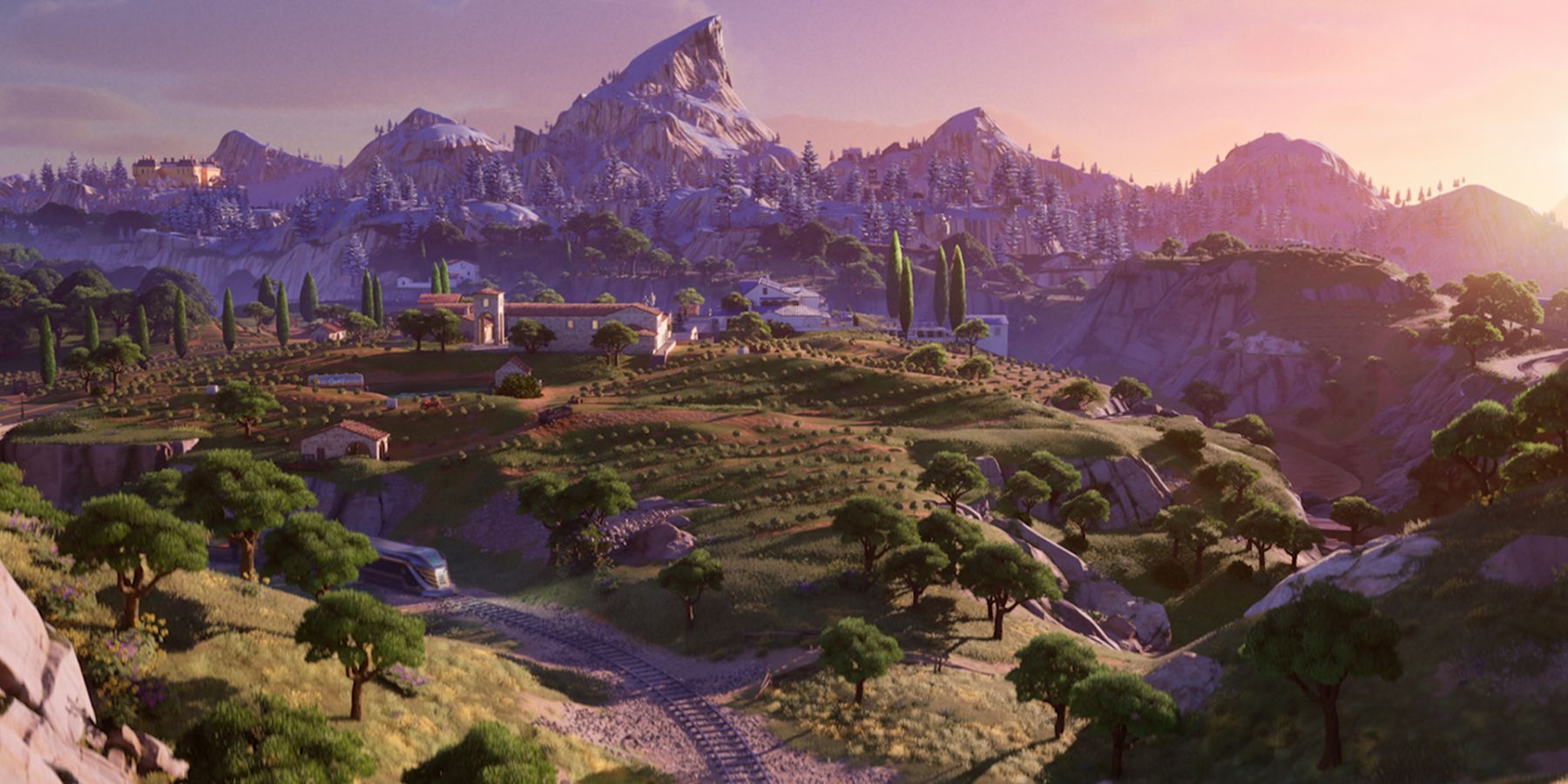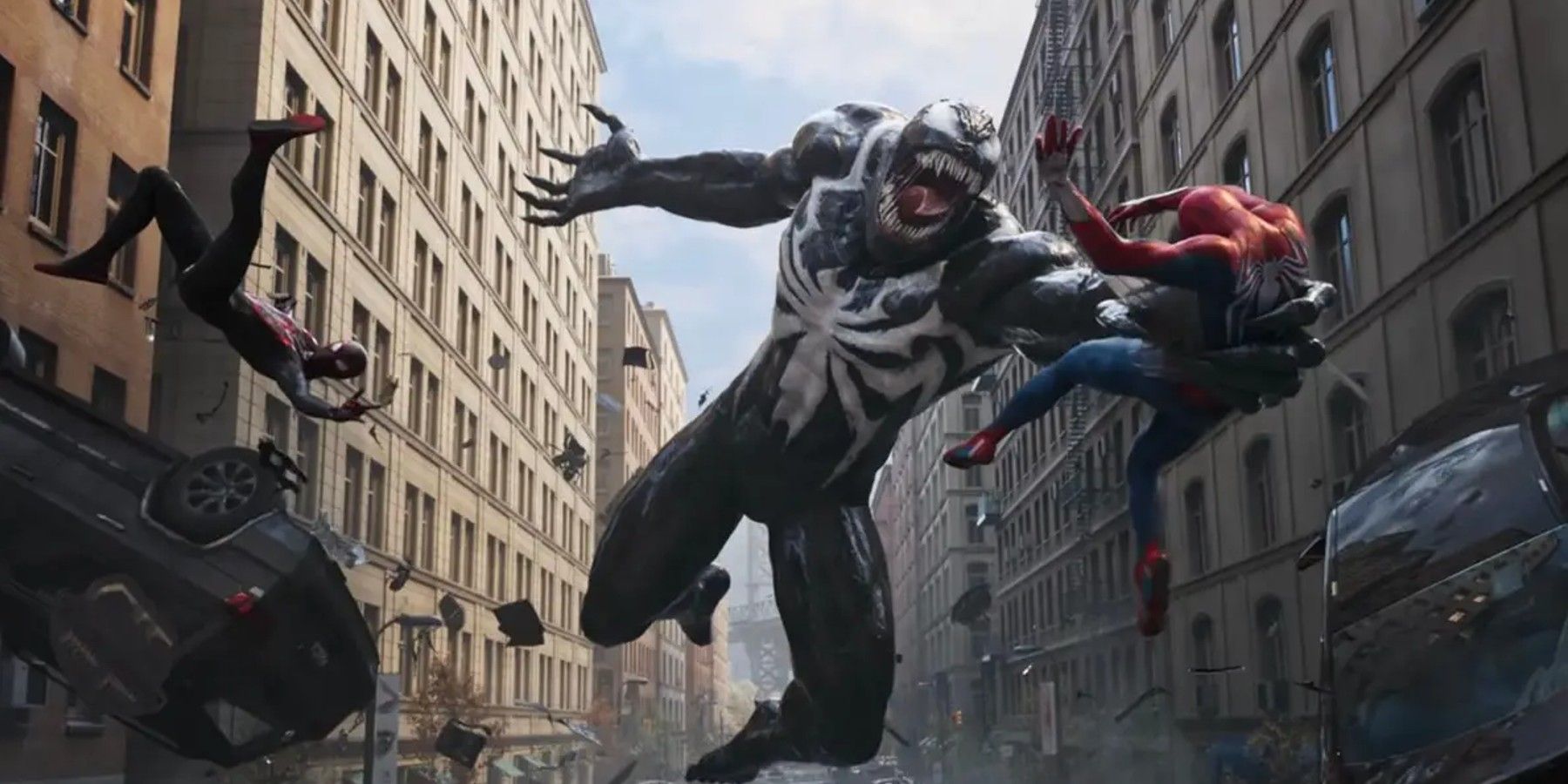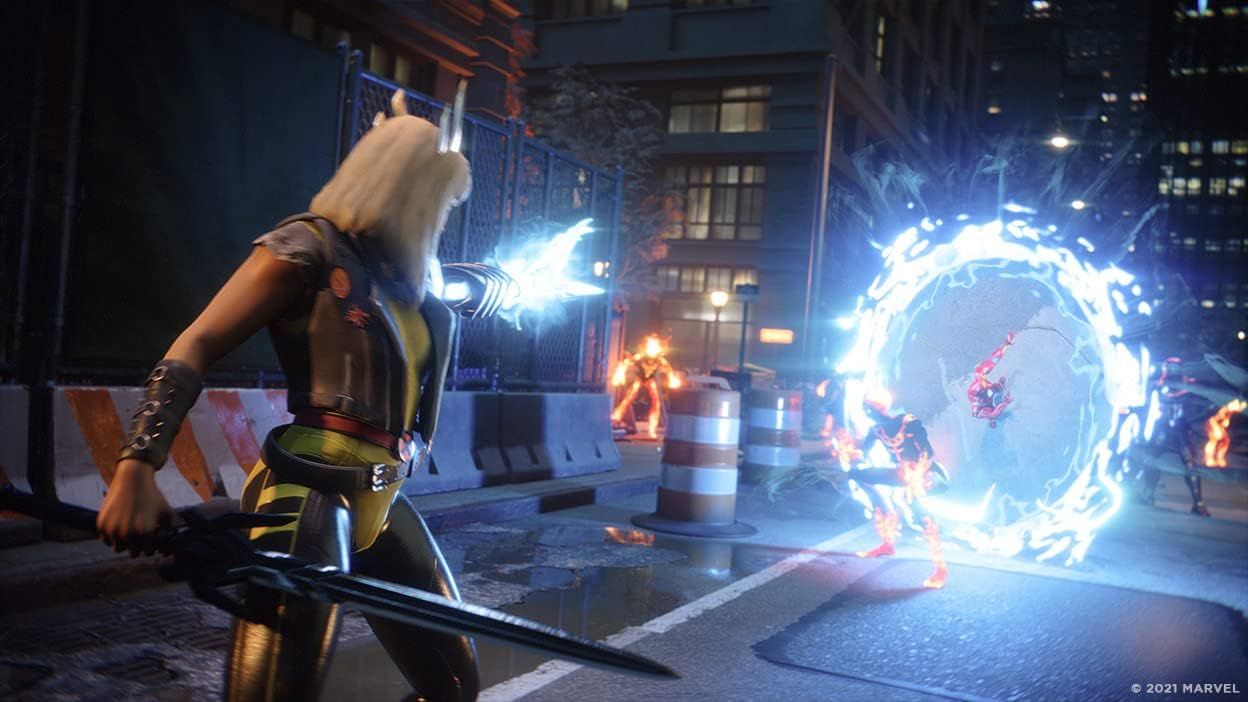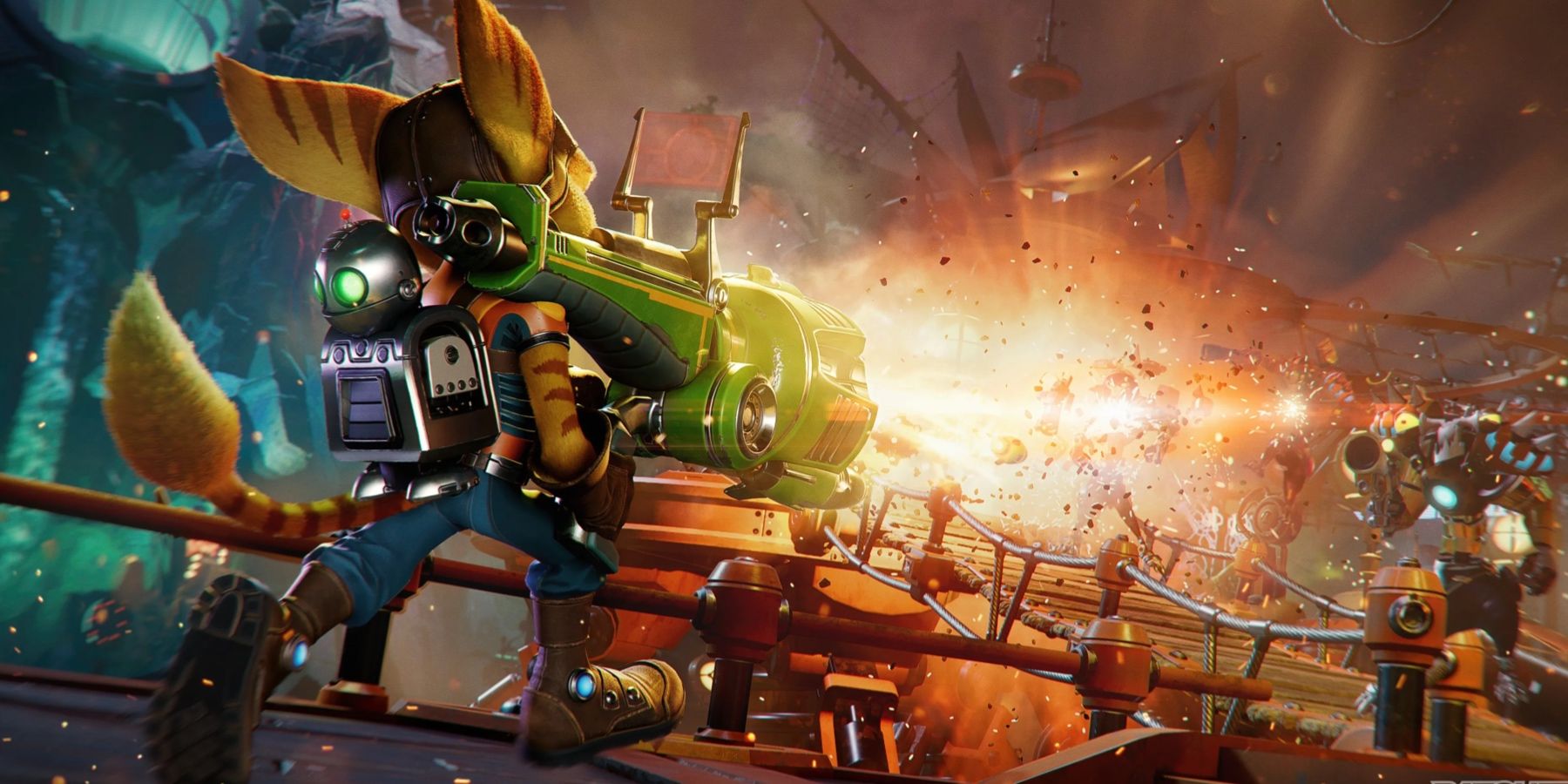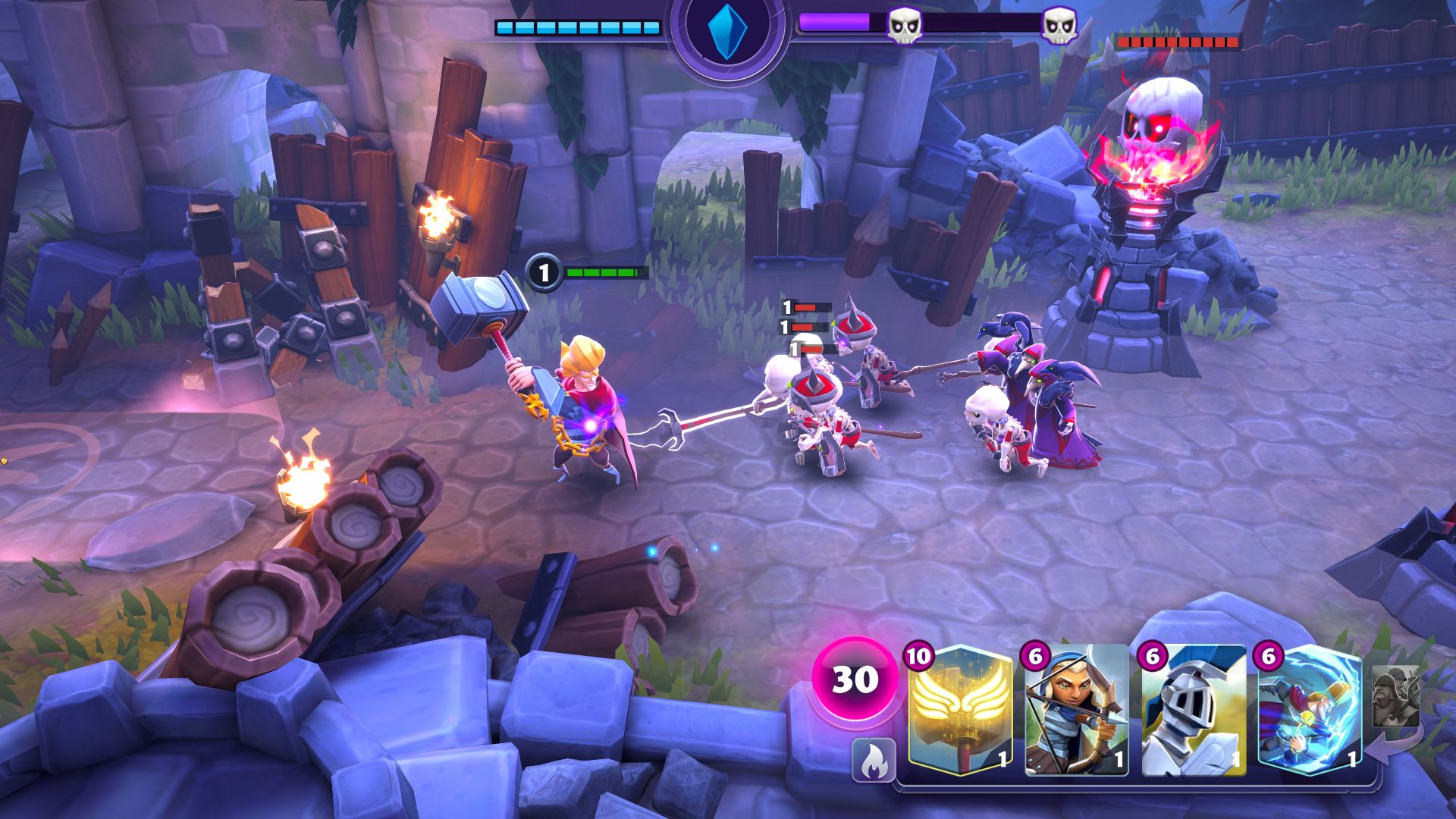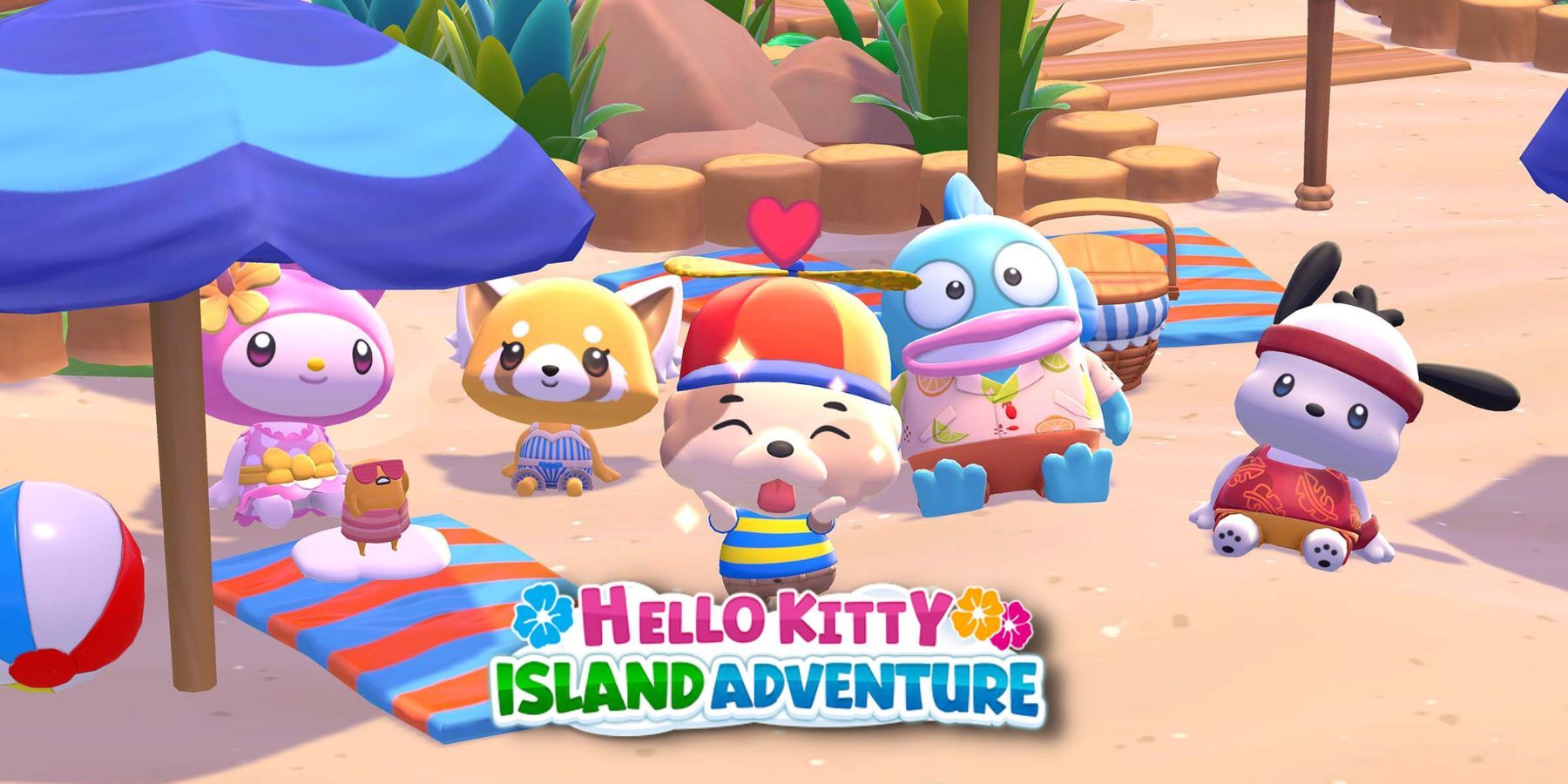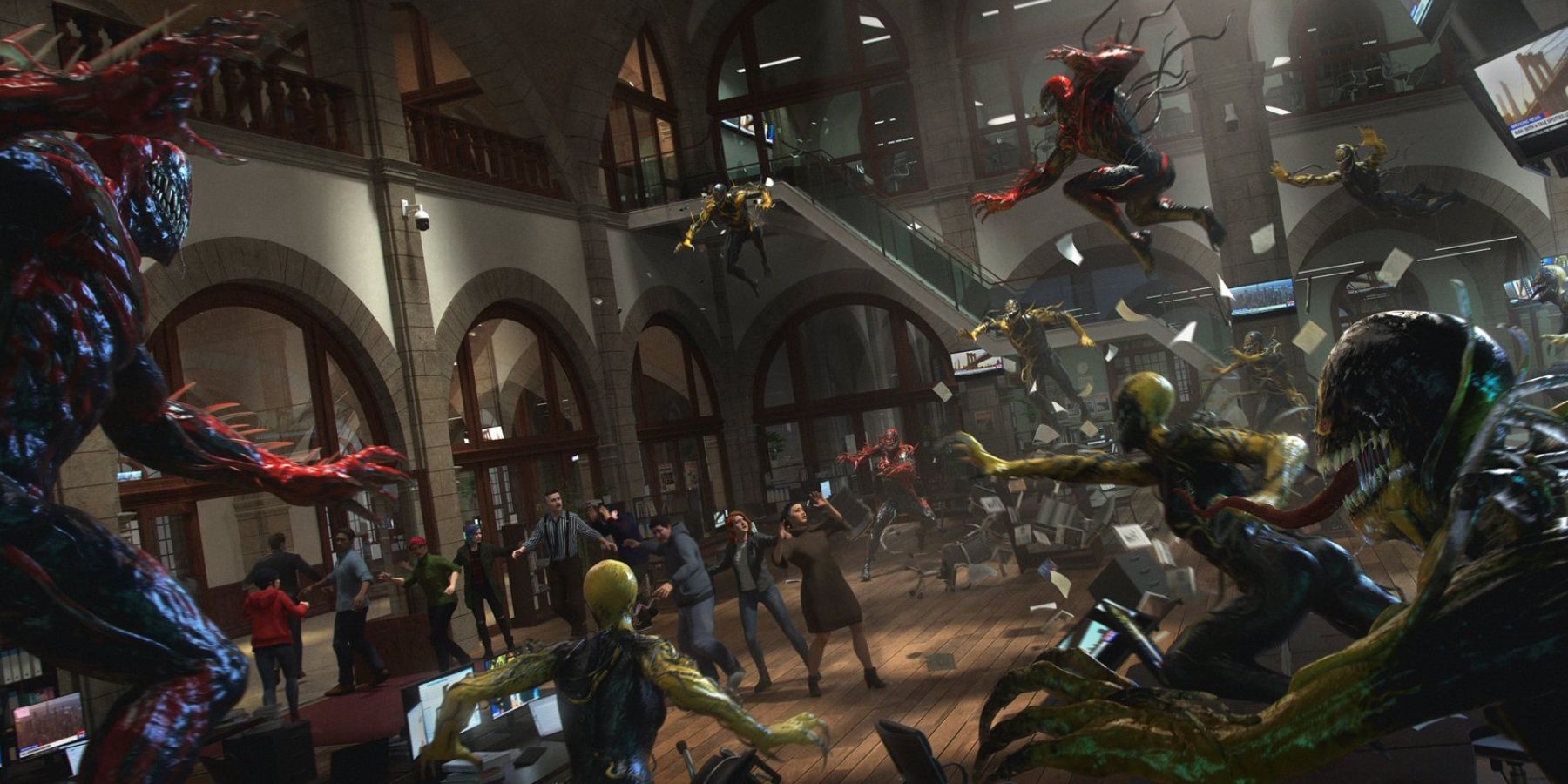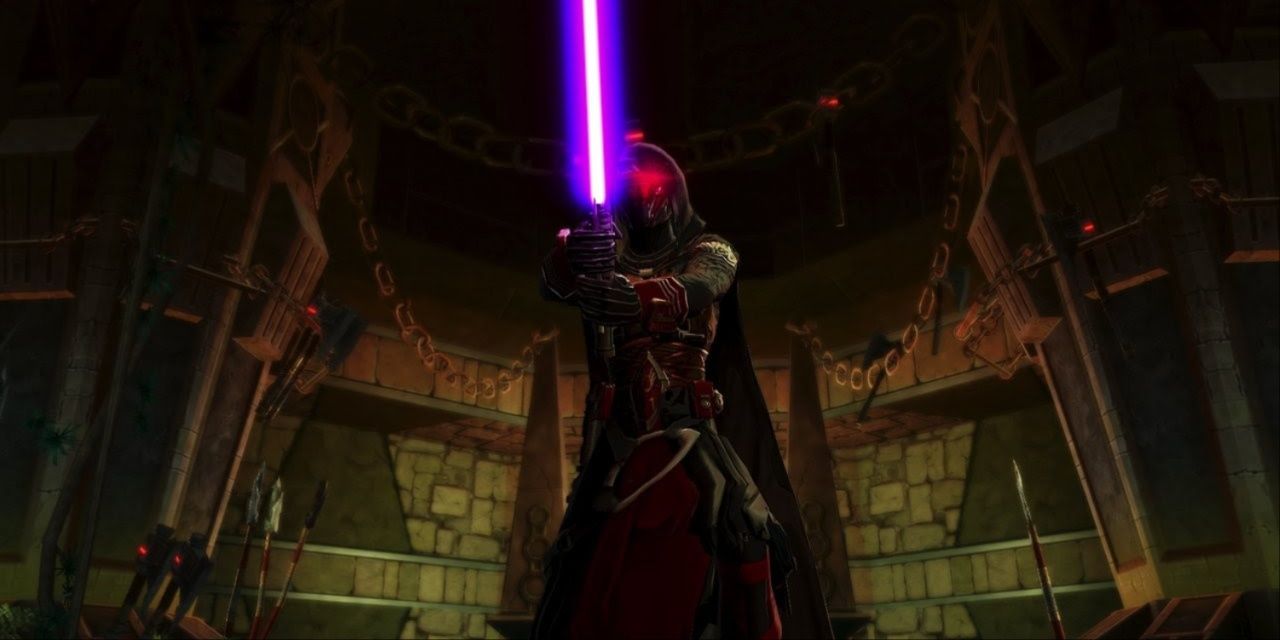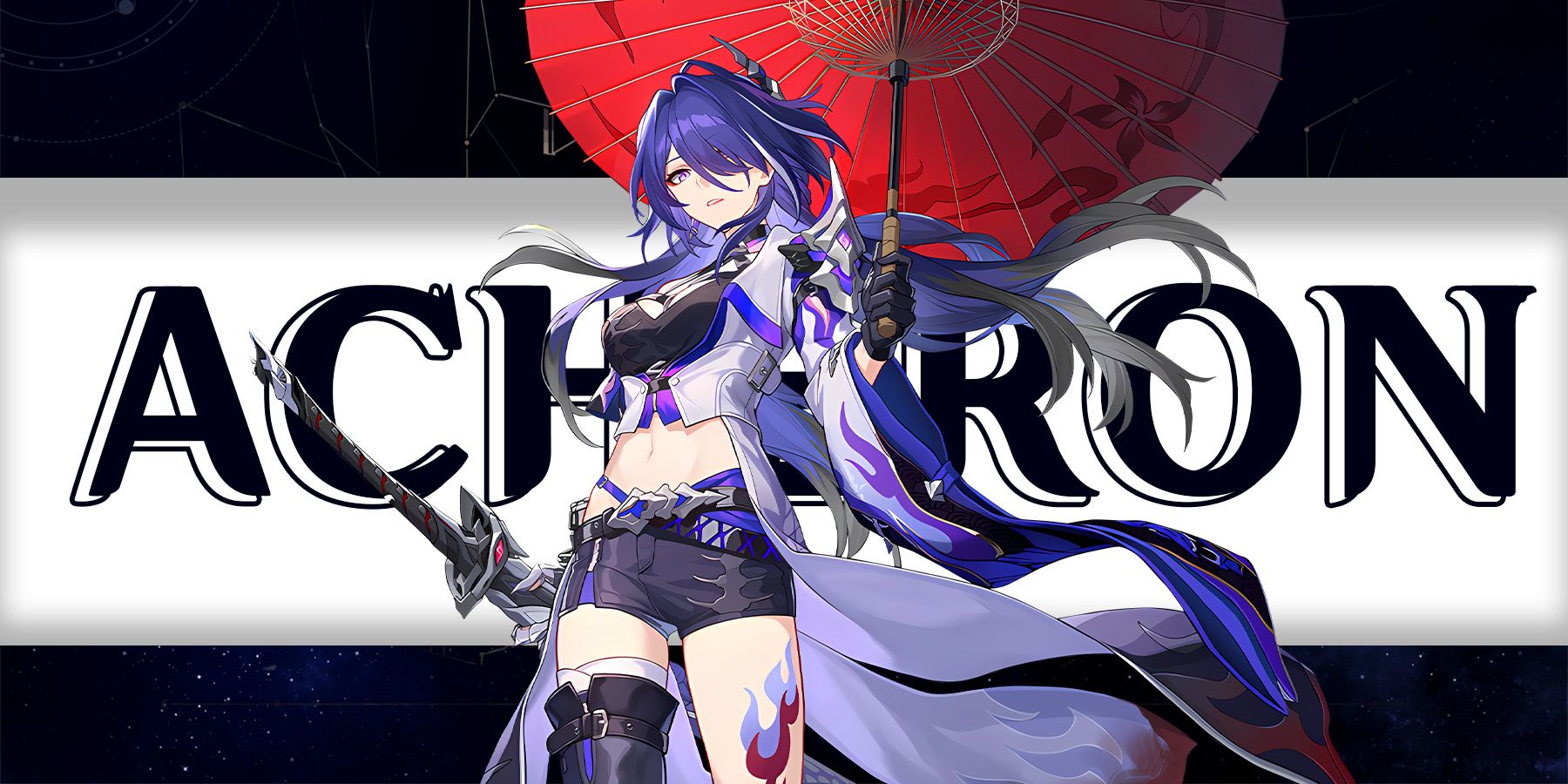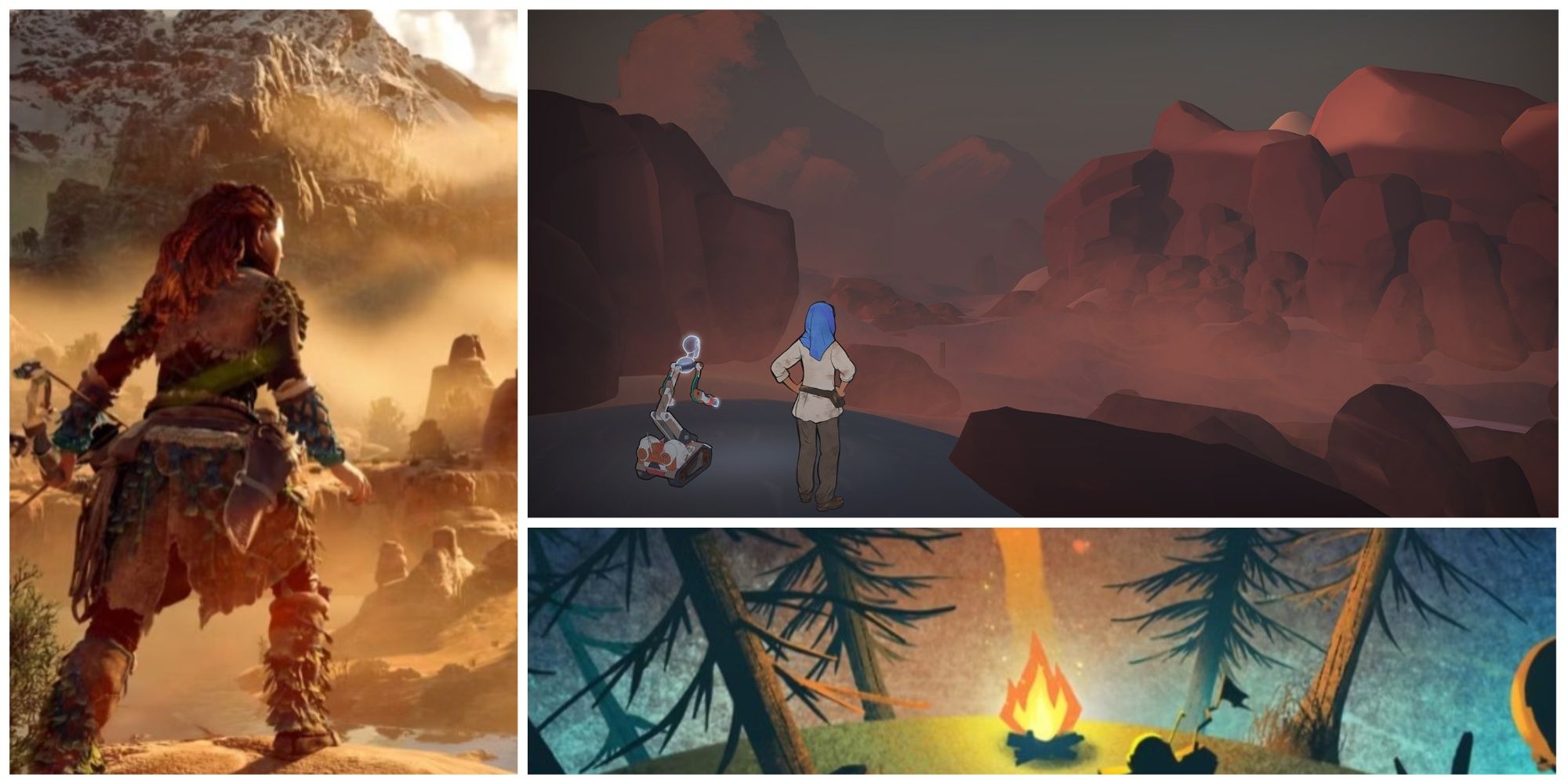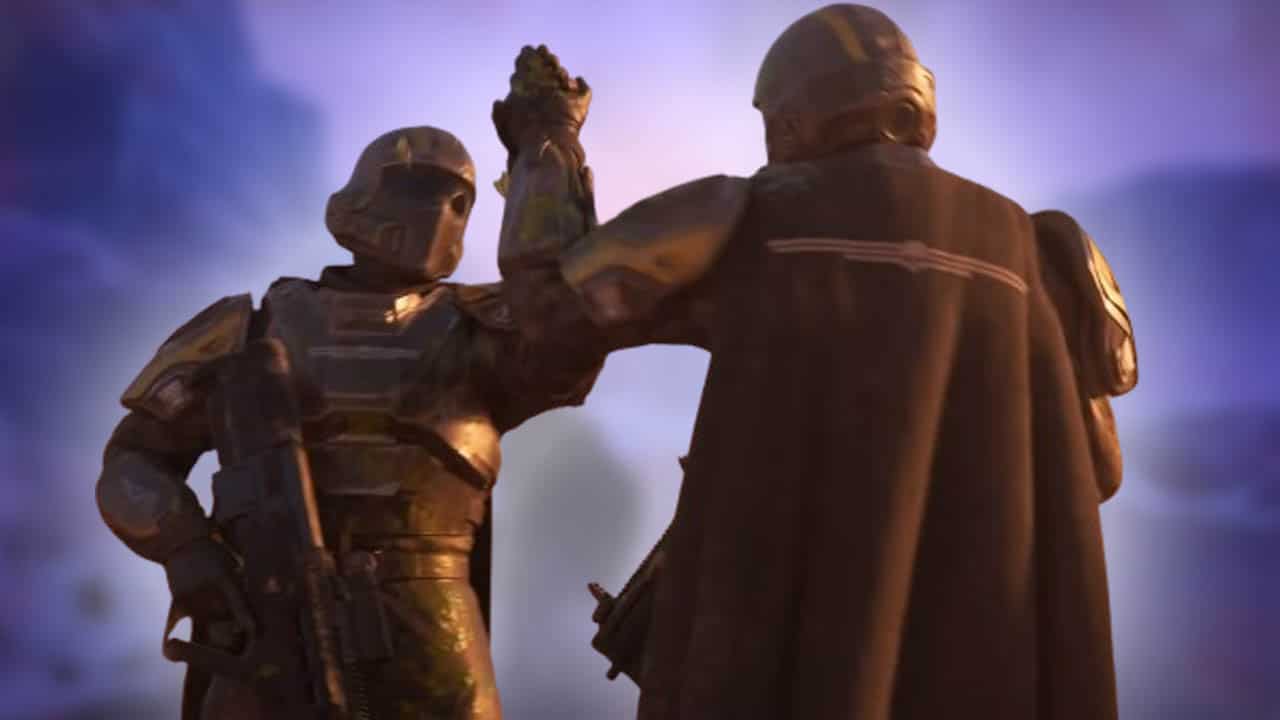Gary Miranda is an award-winning game audio designer with credits in a wide range of games from mega-hit battle royale Fortnite to cult classic franchises like Ratchet & Clank. His work as an audio designer encompasses a broad set of skills, all of which demand attention to detail and a sharp ear: one day he may find himself recording various firearms at a shooting range, while the next he may be carefully editing dialogue lines for an MMORPG or hand-crafting UI sounds with a collection of modular synthesizers. His company, Injected Senses Audio, is an outsourcing company often tasked with assisting game studios with sound design, editing, and recording while collaborating closely with the developers throughout the process.
In an interview with Game Rant, Gary Miranda called on his roughly 15 years of experience in the industry to weigh in on how game sound has evolved, especially Marvel games, of which he’s been a frequent contributor. He shared his thoughts on what makes a great-sounding game, which games he feels have inspiring audio, and how newcomers can establish themselves in the game audio industry. This interview has been edited for brevity and clarity.
Hyper Light Breaker Sound Designer Weighs in on His Process
Hyper Light Breaker audio lead Alex Johnson talks to Game Rant about how he designed the game’s dynamic audio and made sounds from scratch.
Q: You’ve been working on audio professionally for around 15 years. How has the field changed in that time? Are there any tools or techniques you wish were around 15 years ago?
Miranda: Yeah, the ease of “in the box” has changed, doing things more “in the box” rather than outboard gear and relying on things like that. When I jumped in and really started getting into digital stuff, there was that transition period that was still happening. I think I was on Pro Tools 5-ish, so still pretty early on. That definitely has changed the ease of being able to be super customizable during production. Just the fact that something like Reaper – a lot of my team uses either Reaper or Nuendo – is so much more customizable now that we can pretty much do anything very, very quickly.
I still like my hands-on things like outboard gear, as you can see behind me there’s some modular stuff back there. I love being able to dial stuff in. I still like mixing on faders sometimes depending on what we’re doing; having that tactile feel is fun.
As far as changes, I feel like the change is more within the industry in general shifting from big commercial studios to home setups, which is what I’ve evolved into. Commercial studios absolutely still have their place in this day and age for the wide variety of stuff that they can offer, but being able to work from home and do it in a professional way I think is where it’s evolved more than anything.
YouTube has also been huge for the community for learning and being able to just jump in, learn some techniques, and learn basic setups. I didn’t have that at all; I had to go to classes, and I had to find what studios were offering these kinds of classes or courses or certifications. Now it’s like, “Oh, I can go watch a 10-minute tutorial and have a good grasp of some basics here.” It’s great to be able to have people just learn and jump in so quickly and not have to go over those big speed bumps.
Q: Now looking ahead, what do you feel is the future of game audio? Are there any emerging technologies or ways of doing things that you feel are really pushing things forward?
Miranda: I think just seeing what has become of the industry and the standards that people are using now. It’s become much more of a melding of the creative side and the technical side. We’re seeing a lot of people who are coming out of college or coming out of school or just up and coming, and they have such strong technical background now, or they have such strong technical abilities now, being able to merge those two things has really changed with game audio. The audio industry itself is now focused a lot on technical ability merging with the creative design side, so we’re able to grow that much more.
Even just five to 10 years ago, there was a bit of separation between audio designers just doing design work, and then you had the technical people doing the implementation and the engine setup, or doing the scripting and things like that.
Now those lines are getting blurred a bit more, especially with my team. We have people who are very strong, technically, but they’re also very strong creative people, too. We can offer that and say, “Hey, we can either do this technical stuff for you if you want, or we can do the creative stuff or a bit of both. How do you guys want to get that set up?” I think that’s just going to continue to evolve.
We’ll also start to do things a bit more procedurally, I think. Maybe not so AI-driven, but where we get into things where stuff’s a bit more procedural and we can rely a bit more on tech building this stuff up, which will give us a chance to focus on really strong creative things while allowing the tech to evolve and pull into that.
Q: You’ve worked on several Marvel games over the years from different eras of games. Despite them sharing similar worlds and characters, how do you feel the audio has differed or evolved from game to game?
Miranda: One of my early gigs, when I was working at Studio West here in San Diego, was getting to do some trailers for the early Marvel games that were the movie tie-ins that Sega was doing at the time. In that era of the late 2000s, game tie-ins were directly related to the movie. We were getting all those kinds of tie-ins back then. Now it’s so separated, it’s like we have the Marvel Comics Universe, the Marvel Cinematic Universe, and now the “Marvel Games Universe,” so it’s very much split out between all that stuff having these distinct threads of these universes that they’ve built out now.
It’s really cool to see that evolve, because now it’s like they’re taking their shapes. If we talked about even just the differences between cinematic and games, the audio itself, they’re kind of related, but they’re allowing everybody to do their unique spin on everything. Back at Studio West and working on trailers it was very focused on “Here’s the sounds from the movie. We want to use these specific things.” Especially things like Iron Man’s repulsor blast and the charge-up sounds. We had to use those specifically that were from the movie.
When we did Midnight Suns last year with Firaxis and 2K we were able to take a bit more liberties with that. While Iron Man’s repulsor stuff is iconic and it’s hard to get away from that (Why would we want to get away from that?) we were able to take a little bit more liberties with or at least offer our own creative spin on things and have a little bit more fun with it and not be so constrained to X thing that was released however many years ago. It’s becoming a bit more of a playground, and I think that’s been fun because we get to do a lot of stuff with that.
Considering how much variety game sounds often need to have, it probably helps a lot when you’re not constrained by film sounds.
Miranda: Yeah, and a lot of times if we are working on kind of movie-similar things, we’ll get assets from the IP and those might not have as many variations as we need or are even broken out. There’ll be one sound, and it’s like, “Oh, I gotta make 10 sounds from this one thing.” It makes it a little bit more difficult, but we work with what we get.
Q: When you’re working on an environment or soundscape, what kinds of things are you listening for? How do you know when an area is “complete”?
Miranda: I’m gonna give you the cheap answer: It’s done when we’re out of time. That’s usually what dictates when we’re done, but I think it’s a lot of discussions with designers and the dev teams. That’s really what it comes down to, the collaboration with the dev teams as far as what’s our focus. What do we want to look at? What are we engaging in from a story component? What do we really want to hear? What do we need to hear? When do we need to hear it? That’s going to dictate our starting point and then how we spread out from there.
Beyond that, there’s all sorts of cool stuff like discovered work and happy accidents and things like that as we’re building this along the way, and then we might shift a little bit and figure out how this might sound a little bit better if we start focusing on these details. It’s all continually evolving during the process of game development, and that’s why all of these games take a long time. We’re talking two, three, or four years working on some of these games now. It’s continually evolving and changing throughout the duration.
I think starting from a narrative standpoint is where we always typically start. What do we need to hear? What do we want to hear? When do we need to hear it? Then there are always standards and stuff that we will typically throw in and make sure it’s at least at this base level.
Q: You do a lot of work with field recording. Are there often cases where you record something that represents a completely different sound in-game?
Miranda: That’s a constant thing, and I think that’s one of the hardest things to do. I mean, it’s not so hard, but a difficult thing to get over with newer sound designers is getting away from being so literal. Thinking that because I’m tasked with X, I need to go record X and that’s exactly what it’s going to be. I’d say nine times out of 10, it’s not going to happen like that. We need to find something that represents that almost like an analogy. You want to find something that would almost sound like that or get the point across and make it feel like it’s that one thing.
Guns are a great example. Guns are loud, and they’re impactful, but the guns we hear in movies and games don’t sound like that in real life. We just have to try to focus on “What sounds like something else?” A lot of the time, during the day I’m out on a hike, and I’m listening to things and trying to get away from the literal component of what that is. It’s almost kind of like, “What can I use that for that would not be that literal thing?” I think that’s a good point to start right there.
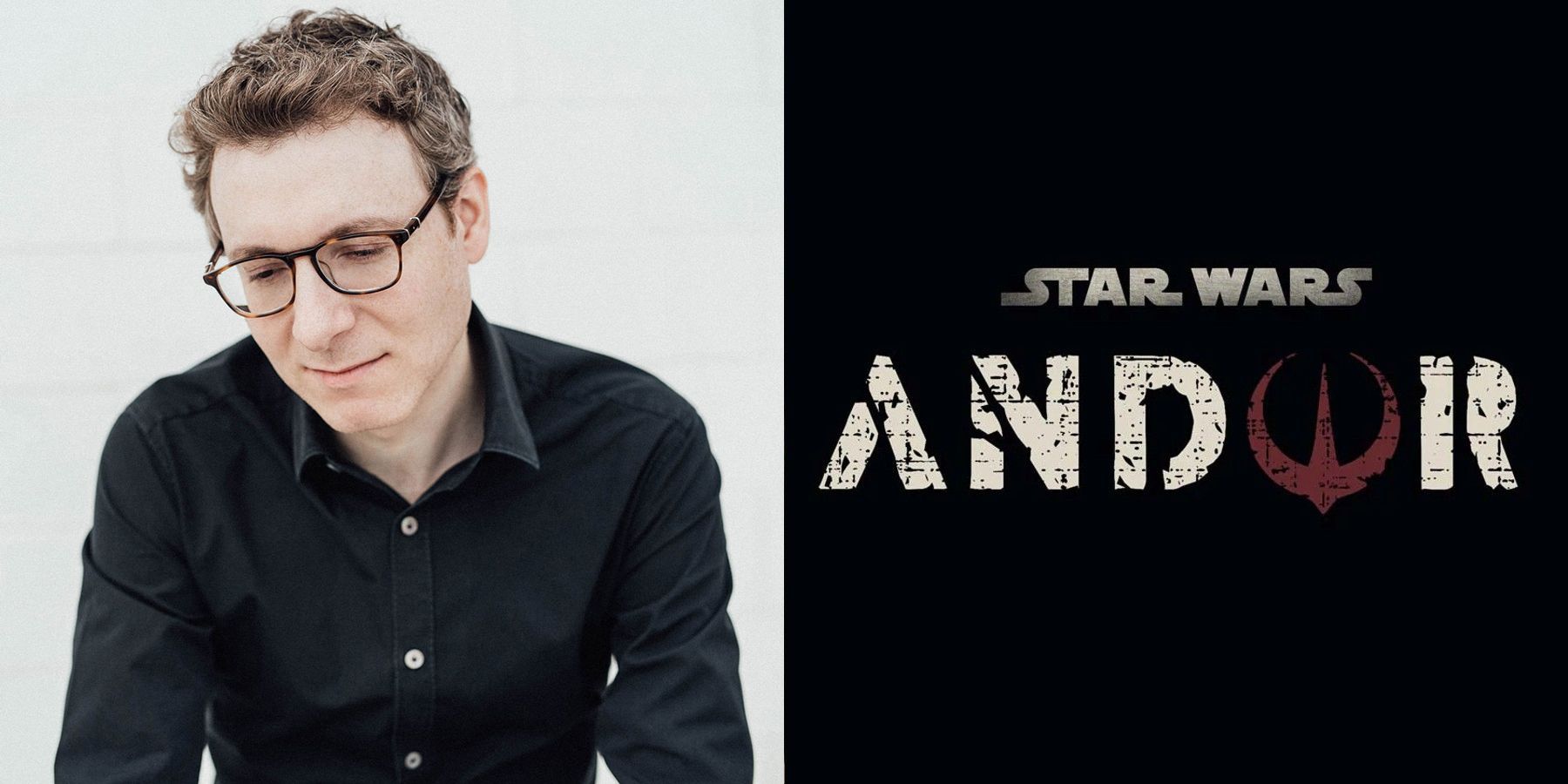
Andor Music Composer Nicholas Britell Discusses Sound Design Challenge
Andor composer Nicholas Britell shares his sound design philosophy while working on the soon-to-be iconic sounds in the Star Wars series.
Q: You’ve worked on a variety of sounds from sci-fi effects to superpowers. Do you have any favorite kinds of sounds you enjoy working with?
Miranda: I do like working on abstract things, trying to figure out what the most “incorrect” thing would be to fit this thing.
On that earlier note, because I did record some firearms this week and so I’m in that mode right now, I do really like working on firearms and trying to develop gunshots and stuff like that and recording them. As far as designing stuff, I very much enjoy doing superhero stuff. Like I said, trying to figure out what that abstract thing is that represents both the literal thing and the abstract thing that might fit with that particular character or ability or whatever is always fun.
I love weather stuff. I don’t know, for some reason whenever l get to work with weather-related things like rain or thunder, I can listen to it all day and just sit back in my studio, it’s very relaxing. So nature sounds and stuff like that’s always going to be fun.
Q: What have been some of the most challenging sound design projects you’ve worked on? Does anything come to mind that was tricky to get right?
Miranda: Personally, I tend to have a challenge with UI stuff. I don’t think it’s like a challenge like an “I can’t do it” kind of thing, It’s more that I feel like it’s a very subjective discipline within our discipline, because it all relates to user experience and how a person feels when they’re clicking on something, and that emotion that a sound will make that person feel when they’re clicking on it as they’re playing this game.
So UI and UX sounds are fun, but they’re also challenging to me because I think of that subjectivity. A lot of times I could say, “Hey, this is this is a beep, this is a boop, and I feel like this fits,” you could get the audio director or the lead designer or the creative director and everybody’s got their idea of how that might evoke their emotions. They might say, “I feel this is too harsh,” or “I don’t feel like this is a satisfying click,” and I think there’s a lot of opportunity for someone to come in and give an outside opinion where they don’t like it.
It’s definitely a challenge, but I’m always up for that challenge and having fun with that and trying to find new experimental things, especially with modular stuff.
It sounds like there’s a lot of back-and-forth with the developers when you’re designing sounds, as opposed to some composers where it’s mostly a matter of them liking the songs or not.
Miranda: Right. We’re an outsourcing company, so we come in when teams need help, or they need extra help from an audio team, and the goal with the company is that we’re an extension of whatever team that you have. We’re not just here to be like, “Here’s your audio, have it, this is what it is.”
We have a team that’s very passionate about making games and making audio, and we really want that back-and-forth discussion to get people the best quality that they want, within the timeframe that we have, and really working with them. We really like that collaborative effort with the designers, the animators, the VFX artists, UI teams, QA, and everybody who’s involved with the game. Everybody’s got a piece in it. We really enjoy collaborating at that level.
Q: Are there any games that stick out to you as having particularly inspiring sound design?
Miranda: Oh man, everywhere! Again, we have a team of very dedicated gamers, passionate gamer people, and passionate audio people, and so we’re constantly looking at everything new coming out and we’re constantly listening. I’ve been a fan of Blizzard stuff for a long time, especially the WoW team and Diablo, and the stuff that they do is very inspiring to me; I love their stuff.
If we’re talking about movies and stuff, the Star Wars IP and Ben Burtt and everything he touches is fantastic. There’s so much out there and just knowing the process and everything I just value all the sound work that goes out there and really love finding all the good stuff when it comes out.
Q: Earlier we were talking about the accessibility of getting into the industry and sound design. Do you have any advice for people who aspire to be game sound designers? What should they know or keep in mind?
Miranda: Just learning. That’s my biggest thing: education. Continue learning. Be open to learning. Ask questions, reach out, and don’t get discouraged. It can be a tough industry as far as getting a foot in the door, but there are multiple avenues like coming up as juniors or jumping into QA. There’s a wide variety of opportunities, I would say.
Along that same line, don’t be so closed as far as “I want to be a sound designer, and that’s all I want to do.” That’s gonna limit your paths a lot. Like I said, I started off recording music and recording friends’ bands and my own music with my own aspirations to be more of a musician type. After getting involved in studios, I was like, “Oh, well, I like recording too. I like this technical aspect.” So just keeping my mind open as far as different paths to take has led me a bit more to this career and allows me to jump around.
So I would say to be open to pivoting and looking at what other directions or what other paths might bring. If the goal is to really become a sound designer, from a creative standpoint, you’ll likely weave your way back from that, but be open to the other paths that are there as well. Reach out, learn, talk to people, and network.
Don’t be afraid to network and don’t be afraid to go to conferences like GDC and also GameSoundCon is a big one in October specifically for sound in video games. Don’t be afraid to go talk to these people. I feel like this is one of the most open, friendly disciplines and industries that I’ve ever had to deal with, and everybody I meet is just a fantastic person.
Q: Everybody starts somewhere. Looking back through your career, were there any “turning point” moments where you felt you were starting to achieve your aspirations?
Miranda: LIke I said, I was working on trailers for Sega and we did some other cinematics and stuff for the Red Faction series at the studio, and we were doing some fun projects. I think one of the turning points was the studio was actually requested to do a bunch of dialogue recording for Star Wars: The Old Republic. In the grand scheme of things it was some very minimal work, I mean, we recorded a bunch of characters with a few actors, In the grand scheme of that MMO, which had so much dialogue, we’re a drop in the bucket, but just realizing at that point, like, “Oh, I really love doing this and this is what I want to do. I really want to be involved in this on a deeper level.”
Even though we were recording the dialogue of actors and sending it back to Lucas, I realized I wanted to be more involved in the process, getting this dialog in and editing it down and putting it in the game and all that stuff. I think that was one of my more defining turning points there. We had a good crew over there, too, so they were very helpful in mentorship and everything with that. They made it easy.
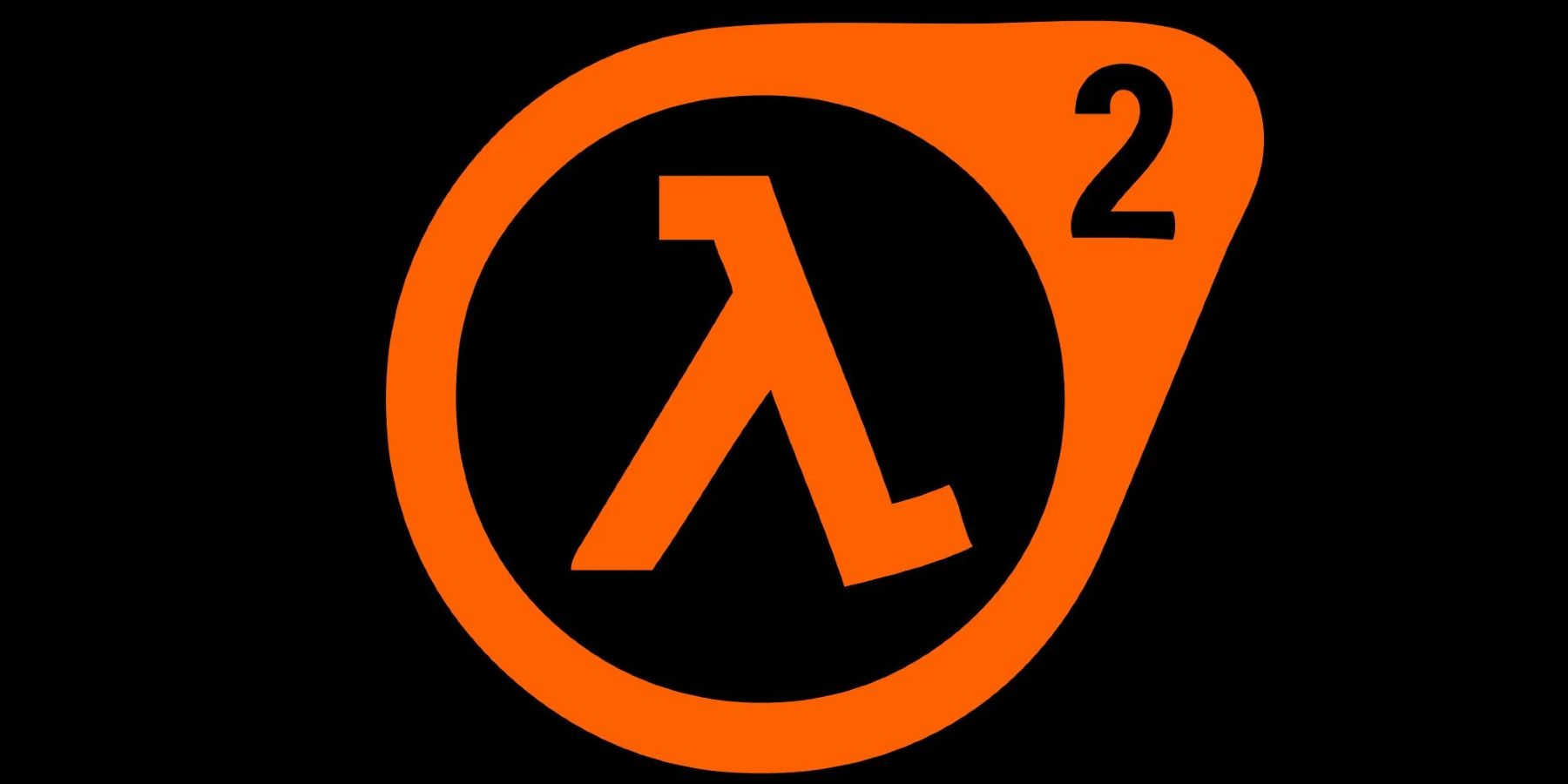
Half-Life 2’s Legacy of Iconic Sound Design
Valve’s use of cinematic realism and free-form environmental storytelling help Half-Life 2 stand out as a major accomplishment in sound design.
Q: When you’re listening to the sound in a video game, what are you listening for to view it favorably? What’s the difference between a game that misses a mark and one that sticks with you?
Miranda: For me, I feel like it’s subtlety and detail. Especially with games, not trying to overdo it with sound or really push it in your face that this is what’s going on. It’s really about subtlety and finding all those little details. Spider-Man 2 I feel was a great example of that. The amount of detail that they put into New York City and every little bit in there in that game. There was nothing in the game that was trying to shove itself down your throat as far as audio goes. It was just done very, very, very subtly. That’s the thing that stands out to me. If anything’s standing out where it’s jumping out at you constantly, that’s where I’m like, “Oh, my God, just stop.” I like to keep it nice and subtle and to the point.
Q: Do you have any final thoughts you’d like to share before we finish up?
Miranda: I don’t really have plugs or anything. We’re continuously working on games and to a degree, it’s hard to be like, “Hey, we’re working on this” because of NDAs and timing and marketing departments and all that kind of stuff. But continue to look at our social media and see what we’re doing.
To those that are up and coming and aspiring: don’t be afraid to reach out to us. Like I said, we have a good team who’s been through all that too, myself included. We have a couple of guys who are very much into wanting to mentor people coming up, so reach out to us on social media or at conventions and stuff like that. I’m always glad to talk about it.
[END]

